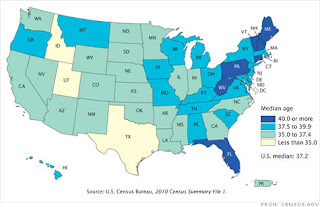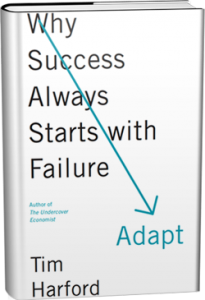When you think about investments, you really want to think of money you are putting off spending today, that you want to spend later, and still have the ability to at least buy the same amount of goods if not more. When you get older you want that money more available, in a form that is more secure.
Financial advisors talk about the choice in terms of risk. Risk is the price we pay to have the ability to store our money in a method that will beat inflation and hopefully bring even better returns. By placing our money in the hands of other people we take the risk of not getting our money back. The larger the risk, the higher the risky person is willing to pay in interest to entice you to give them your money.
Stocks or equity, equal ownership of a business, is the more riskier option of the two securities financial advisors will talk about. The other major class is bonds, I.O.U.s from major businesses, that promise to pay a specific legally binding return for a contract with certain terms -here you only need to worry if the business will go bankrupt. With stocks, however, you have to try to figure out how much the business is totally worth, predict the future dividends the company will pay out over the company's lifetime, and whether an innovative product will make the company excessively profitable -much harder to calculate, hence more risky.
This
advising piece addresses the question of how much risk to hold onto when you are older. The recommendation is about the mix of bonds and stocks to hold, less stocks as you get older, just because they are so much more risky to figure out than whether a company will go bankrupt or not:
Starting somewhere between 35% and 50% in stocks at 65 and gradually reducing your stock holdings so that you're at, say, 25% to 35% stocks by age 75 and 20% to 30% in your 80s is a reasonable guideline.The right blend will depend a variety of factors: your age, stomach for risk, the size of your portfolio and what other resources you may have to fall back on (home equity, a pension, etc)
But there is also another way to think about how to store your money. When you use the language of storing your money you might imagine a vault. This suggest the concept of materializing your money into tangible items to store your purchasing power. Gold is an example that has been hot since about 2006 when the yield curve inverted, a harbinger of bad things to come -it indicates a preference for a kind of government fixed-income security like bonds, treasuries, that mature sooner than later; this can be interpreted to mean people think a bad business environment is on the horizon and the government will be lowering interest rates, and thus treasuries will have lower returns in the near future, so buy up the high interest rate fixed-income securities now while they are available. When a bad business environment is predicted to be on the horizon, as suggested by an inverted yield curve, it might be best to avoid business-based avenues to storing money such as bond I.O.Us and stock equity slices of business ownership.
Buying gold, or other physical items, however, still carries the risk of theft or destruction, or the risk that something valuable today, say laptop computers, could become less valuable tomorrow. Storing money in physical items should only be a short-term plan of action. In the long run, when the world is a place where innovation and rapid change are easily applied, it is best to stick with the more dynamic business ownership means of storing your money through stocks. Yet when you life depends on your assets, you want to pick the least-riskiest approach to storing your money while still getting better returns than just holding your cash in a bank account, and thus bonds are recommend as you become older.
 A carbon atom has a weight of 12, and each oxygen atom has a weight of 16, giving each single molecule of CO
A carbon atom has a weight of 12, and each oxygen atom has a weight of 16, giving each single molecule of CO





